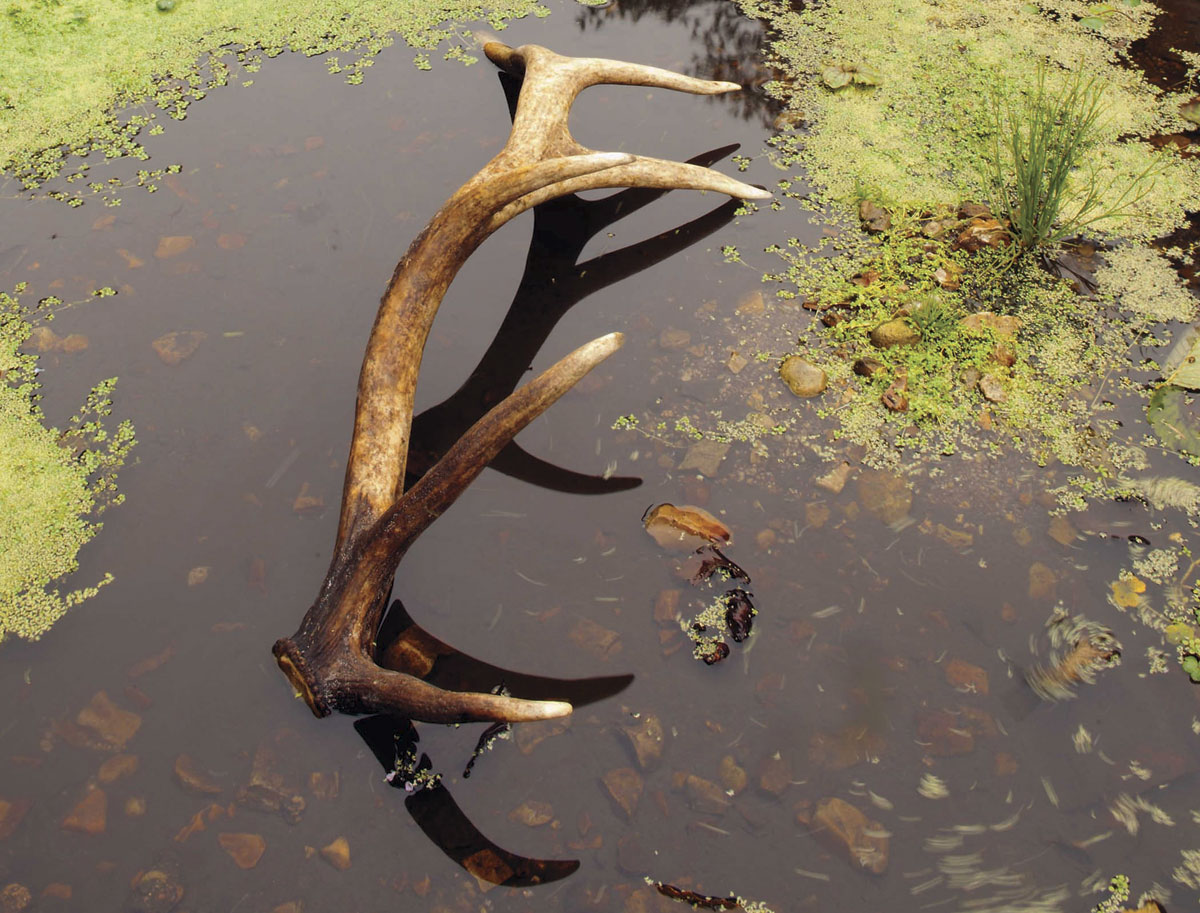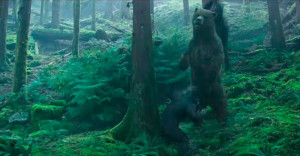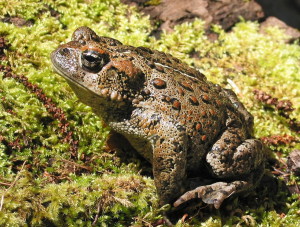Q: Why do tule elk drop their antlers every year?
-Teresa, El Cerrito
A: First, what is the difference between horns and antlers? Horns are permanent, they grow from their base up, and both males and females may have them. Many domestic animals like goats, sheep, and cattle have horns. Antlers, on the other hand, are borne only by the male members of the Cervidae (deer) family, including moose, elk, deer, and caribou (with female caribou being an exception to this male-only rule). Antlers grow from their tips, and they fall off and regrow every year. They are made totally of bone, whereas horns are a core of bone surrounded by a sheath of keratin, the same material as fingernails.
Antler growth and shedding are closely associated with changes in day length. Light travels along the elk’s optic nerve to the pineal gland deep in the brain. Changing day length stimulates the pineal gland, starting a cascade of events that increases or decreases blood levels of the male hormone testosterone. In early spring, as the days start to get longer and male elk have low levels of testosterone, they drop their antlers and almost immediately begin to grow a new set. Over the next few months, increasing day length and testosterone levels cause many changes in male elk—thickening of the neck, aggressive tendencies, an increase in sperm production, and the hardening of the new antlers.
As they are developing, antlers are somewhat spongy and covered by a soft, moss-like skin, called velvet, that provides nutrients and oxygen to the growing bone. When people say an elk is “in velvet” this is what they mean. By late summer the antlers are fully developed and the elk rubs the velvet off on small branches, often stabbing at bushes and occasionally digging them up and then prancing around wearing bushes like gigantic hats on their antlers.
Antlers are secondary sexual characteristics. They have no function in the day-to-day survival of the animal. But they do send a very clear message: “Not only am I a healthy vigorous buck capable of supporting myself, but I have secured enough extra nutrients to grow an especially large set of antlers. I am one tough dude!” This message is both an invitation to females and a warning to other males. To mate successfully a male elk must dominate other males. Usually all that’s necessary to assert dominance is a raised head, erect hairs, and a rut-snort or two. Occasionally battles between competing males do take place, and antlers clash, but such scrimmages rarely result in injury.
After the breeding season is over, testosterone levels drop. That causes a weakening in the tissue and bone at the antler base (pedicel) to the point where the antlers simply fall off. This process can happen quickly; antlers that are firmly attached one day can weaken and fall off within 24 hours. Even when shed, the antlers still play an important ecological role, as they become sources of calcium and phosphorus to small animals that gnaw on them.
But why drop those antlers just to reinvest all that energy the following season? No other mammal can naturally regenerate any lost organ, let alone anything as large and complex as an antler. Scientists have puzzled about this for years and there are several theories but no consensus. Perhaps regrowing gives elk an opportunity to replace antlers that have been damaged. Unlike horns, antlers are brittle, and antler symmetry is important for dominating other males and getting access to females. Also unlike horns, which grow continually, antlers can’t elongate after they have hardened, so annual regeneration allows them to increase in size as the elk themselves grow in physical size. It could be that antlers are simply an evolutionary accident. It just happens that antlers evolved in the unique lineage of the deer family and horns evolved in a different mammalian line. My personal favorite hypothesis is that males exhausted and emaciated by the breeding season look like healthier females when they don’t have antlers, thus throwing off predators hunting weakened males. But frankly we just don’t know why tule elk—and other Cervidae—drop their antlers.



